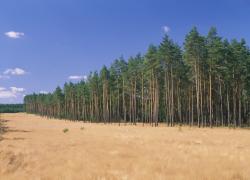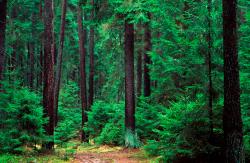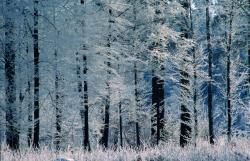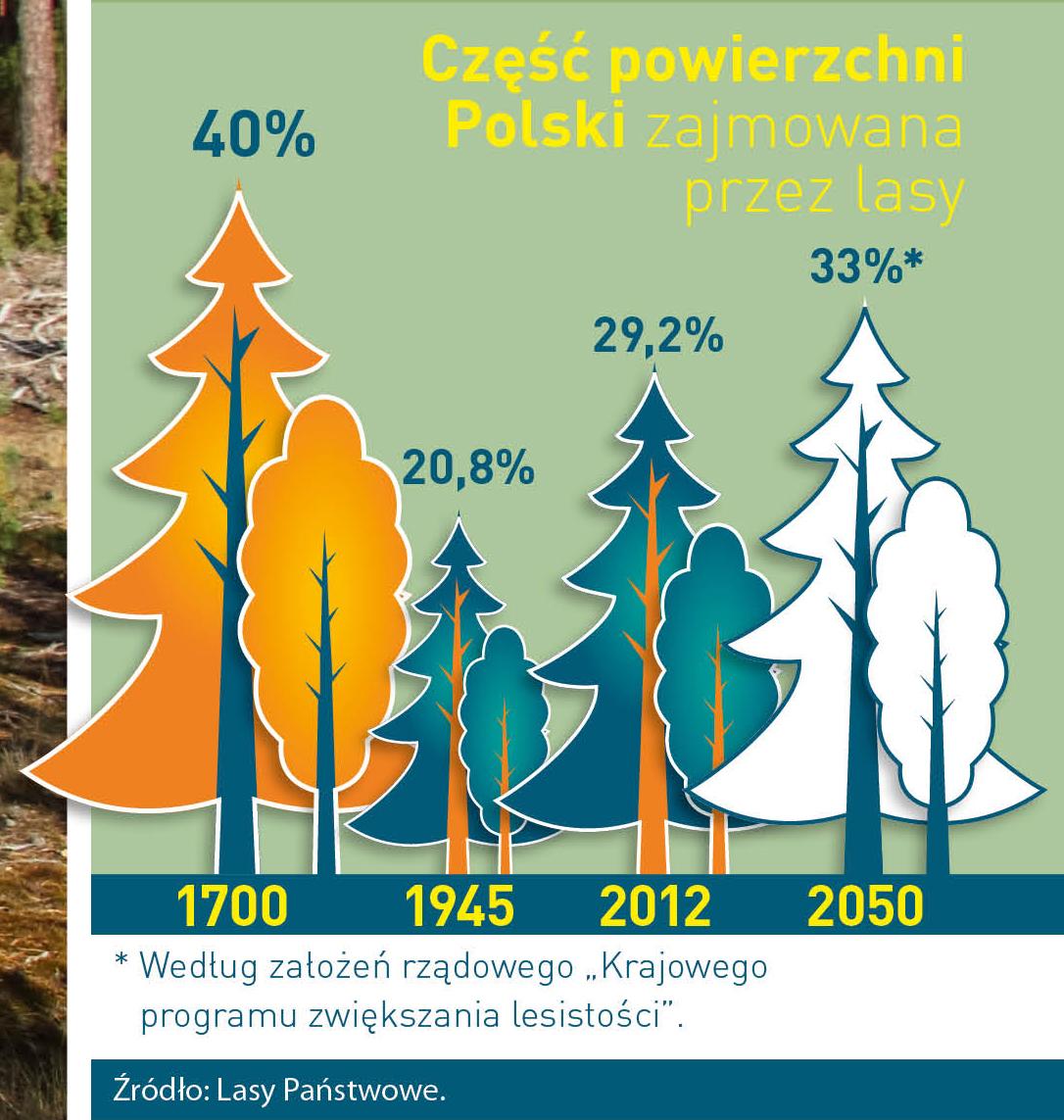Polish forests
Poland is in the European lead, while concerning the area of all forests. They cover about 29,2 % of the country territory, and grow within the area of 9,1 million hectares. The overwhelming majority of the forests is state owned, of which almost 7,6 million hectares are managed by the State Forests National Forest Holding..
The number of Polish forest is still growing. The forestation rate of the country has increased from 21 % in 1945 to 29,2 % at the moment. Between 1995 and 2008, the forest area increased by 310 thousand ha. The basis for afforestation works is the "National Programme for Increasing the Forest Cover" (KPZL), assuming an increase of the forestation rate up to 30 % by 2020 and up to 33 % by 2050. Polish forests abound in flora, fauna and fungi. 65 % of the total number of animal species live there.
The forests grow in our country on poor soils, mainly because of the development of the agriculture in previous years. It influences the distribution of the types of the forest sites in Poland. Over 55 % of the forest areas is covered with coniferous forests. In other areas, there are forest sites, mainly the mixed ones. Their small part constitute alder and riparian forests – not more than 3 %.
In the years 1945 – 2011 the area of natural deciduous tree stands within the area of the State Forests National Forest Holding increased from 13 to 28,2 %.
Within the lowlands and uplands the most often occurring tee species is pine. It covers 64,3 % of the forest area of the State Forests National Forest Holding and 57,7 % of private and commune forests. In the mountains the predominant species is European spruce ( in the west) and European spruce with beech (in the east). Domination of pine is the result of carrying on sustainable forest management in the past. Once, the monocultures (crops or cultivations of one species) were the answer to the great demand of industry for wood. Such forests appeared to be quite fragile to climatic factors. They also were often the prey of pests' expansion.
In Polish forests, the share of other tree species, especially deciduous trees have been systematically increasing. The foresters have stepped aside from monocultures – that is why, they try to fit specific species of the forest stand to the natural stand, that would be proper for the given area. Thanks to that, in the years 1945 – 2011, the area of the deciduous tree stands within the lands of the State Forests National Forest Holding increased from 13 to 28,2 %. There occur more and more frequently the following tree species: oaks, ashes, maples, sycamore maples, elms, but also birches, beeches, alders, poplars, hornbeams, aspens, tilias and willows.
Our forests are the most often represented by the forest stands aged 40 to 80 years. The average age of the forest equals 60 years. More and more trees are of big size at the age over 80 years. Since the end of the Second World War, the forests' area has increased up to almost 1,85 million hectares.
Raport o stanie lasów w Polsce 2012
 Asset Publisher
Asset Publisher
 Asset Publisher
Asset Publisher
Dziwne stosy w lesie
Dziwne stosy w lesie
 Pułapka na cetyńce. Fot. W. Lemańczyk
Pułapka na cetyńce. Fot. W. Lemańczyk
 Stos pułapkowy. Fot. W. Lemańczyk
Stos pułapkowy. Fot. W. Lemańczyk
 Wywrot. Fot. W. Lemańczyk
Wywrot. Fot. W. Lemańczyk
 Wywrot. Fot. W. Lemańczyk
Wywrot. Fot. W. Lemańczyk
Przechadzając się wiosną po lesie, niejednego zaciekawią zagadkowe konstrukcje z drewna.
Pierwsze miesiące nowego roku to pora, w której leśnicy wykazują szczególną ostrożność na zagrożenie ze strony owadów uszkadzających drzewa. Należą do nich między innymi chrząszcze z rodziny kornikowatych: Cetyniec większy Tomicus piniperda oraz Cetyniec mniejszy Tomicus minor, które wraz ze wzrostem temperatury stają się aktywne.
Skuteczną obroną przed ich nadmierną działalnością jest wykładanie tzw. drzew pułapkowych. Ścięte drzewa, ułożone w stosy wydzielają w wiosennym słońcu intensywny zapach, który wabi owady. W pierwszej kolejności, na pułapki wykorzystuje się tzw. złomy i wywroty - drzewa powalone np. przez silny wiatr.
Miejscem wyłożenia drzew pułapkowych są nasłonecznione fragmenty lasu, w którym spodziewamy się występowania cetyńców. Stosy pułapkowe są co pewien czas sprawdzane pod kątem ich zasiedlenia i stopnia rozwoju owadów. Monitoring pułapek jest kluczowy, gdyż w momencie ich maksymalnego zasiedlenia, ale jeszcze przed wylotem młodych chrząszczy, należy wywieźć je z lasu lub okorować.
Gdy następnym razem zobaczysz podobne stosy drewna w lesie, przyjrzyj się im uważniej. W miejscach gdzie wysypują się jasnobrązowe trocinki znajdują się korytarze cetyńców.
Tekst: Piotr Chybowski


 fot. Paweł Fabijański
fot. Paweł Fabijański
 fot. Paweł Fabijański
fot. Paweł Fabijański
 fot. Paweł Fabijański
fot. Paweł Fabijański



